Consider this very basic circuit:

simulate this circuit – Schematic created using CircuitLab
Don't mind the values - they don't matter, as this question is conceptual.
Imagine that Vcomm is completely controllable, and ideal for the example's sake.
To begin, imagine that SCR1 is conducting. Current is being pushed through SCR1, through Vcap, and back to ground. During this time, all 4 MOSFETs are off, and Vcomm = 1.1*Vcap.
Then, we want to commutate current away from SCR1 and into the full-bridge. To do this (assuming current flows in the direction of the arrow), Vcomm will generate a voltage that is about 10% less than Vcap, meanwhile MOSFETs 2 and 3 will be turned on. This will cause the current to be commutated away from SCR1 and through the full-bridge/inductor. This will occur at a rate that is inversely proportional to the inductance, and proportional to (Vcomm-Vcap).
The losses through thyristors seem to be a function of di/dt, as well as the quasi-stationary voltage after the current has changed polarity. My question is this: if, at the instance when the current through the thyristor changes polarity, Vcomm is increased to ~Vcap, so that the voltage across SCR1 is basically zero, will the losses at turn-off also be basically zero?
This way, it seems that the di/dt can be designed to be the thyristors maximum value, without negatively impacting the turn-off losses.
Opinions? I know this is a weird question. Thanks for your time.